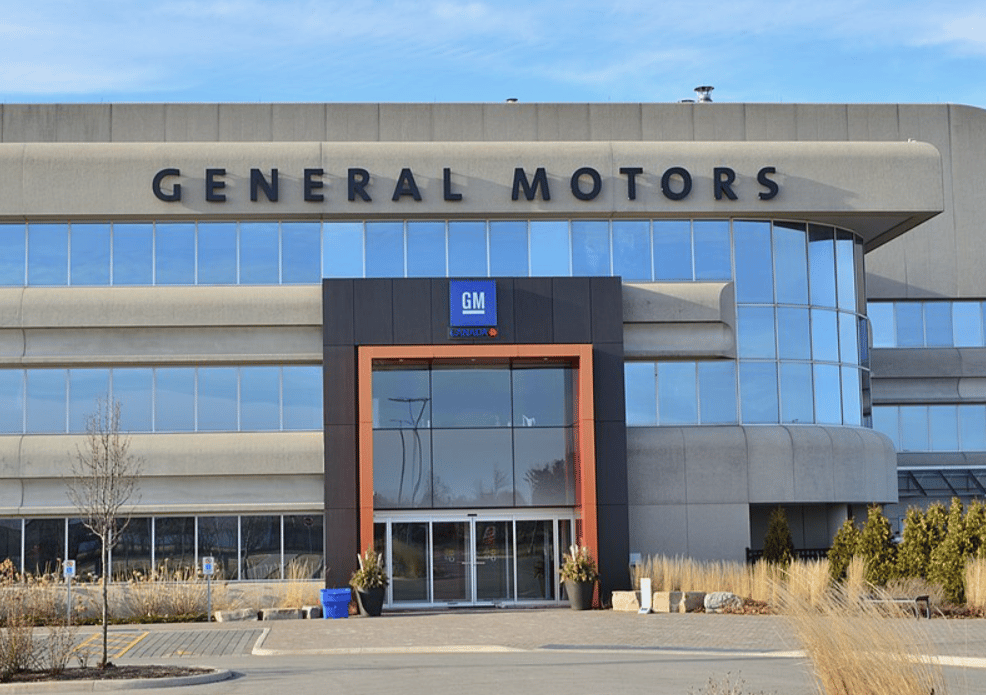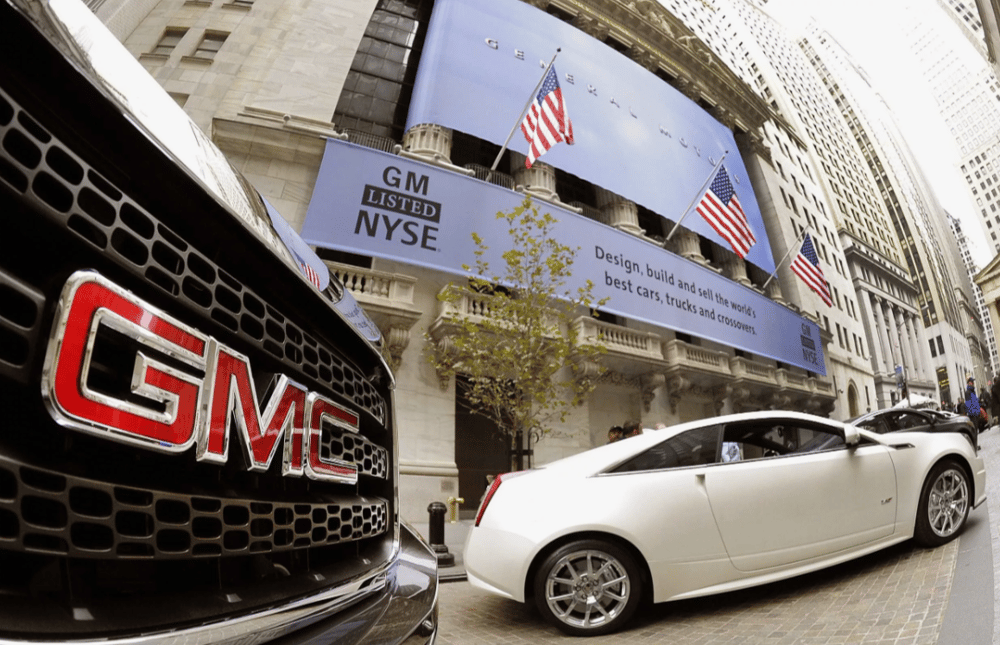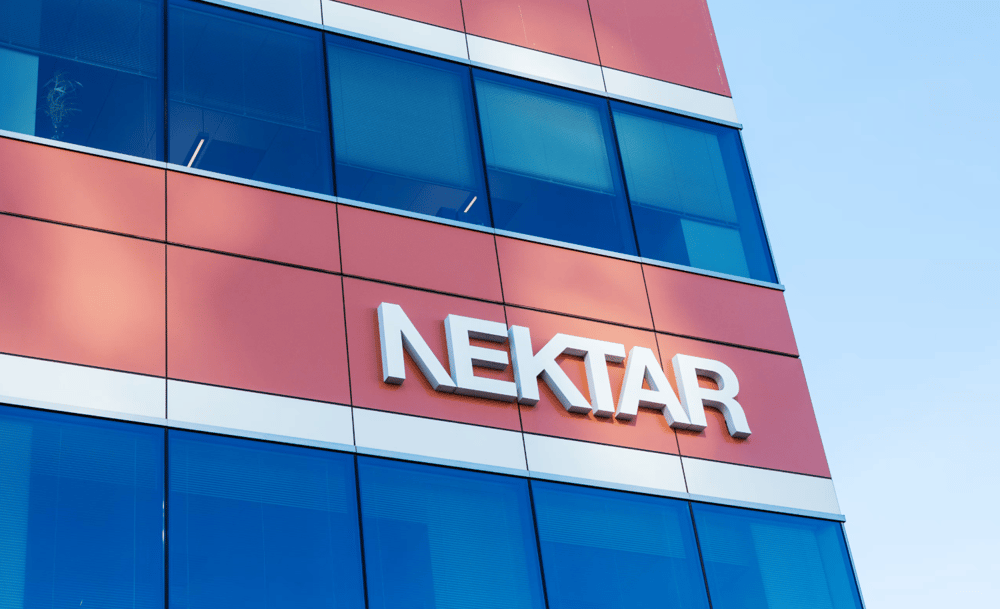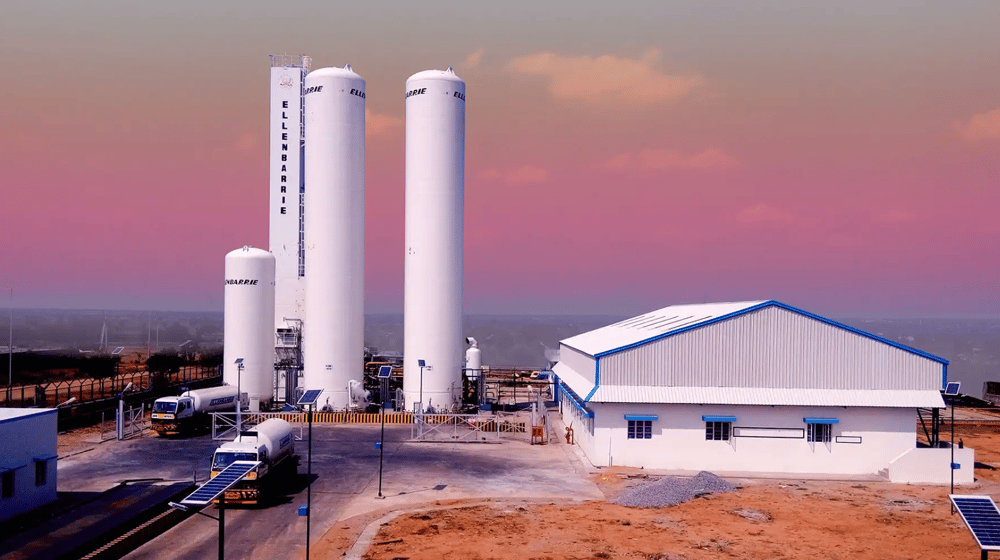General Motors Invests $888 Million to Expand Engine Production and Develop Next-Generation V8 at Tonawanda, NY
General Motors $GM announced a substantial $888 million investment in its Tonawanda, New York engine plant, aimed at boosting production capacity and launching a next-generation V8 engine. This commitment reflects a notable pivot by the Detroit-based automaker amid slower-than-anticipated electric vehicle (EV) market growth and regulatory challenges, signaling a recalibration of product strategy.
GM’s Engine Plant Expansion and Its Industry Implications
GM’s latest investment into the Tonawanda facility marks a distinct expansion separate from its previously disclosed $300 million commitment to produce EV drive units at the same location. The $888 million infusion will significantly increase the output of traditional internal combustion engines (ICE), particularly focusing on the development and manufacture of an advanced V8 engine.
This move is widely interpreted as a response to the unexpectedly muted consumer demand for electric vehicles in the US market. While automakers have aggressively pursued EV technologies driven by regulatory pressures and environmental goals, GM’s dual investment underscores a hedging strategy balancing future EV production with continued ICE engine development.
Moreover, GM’s lobbying efforts in Washington, including attempts to repeal California’s stringent EV regulations, reveal the company’s broader approach to navigating an evolving regulatory landscape that directly influences manufacturing and market dynamics.

Key Facts
GM invests $888 million in Tonawanda, NY engine plant to expand production and develop next-gen V8
Previous $300 million investment focused on EV drive unit production at the same plant
Shift reflects slower-than-expected US electric vehicle demand
GM actively lobbied Congress to repeal California’s EV regulations
Tonawanda plant is a major hub for GM’s ICE engine manufacturing
Strategic balance between EV expansion and ICE engine production
Continued Analysis: Market Reaction and Industry Commentary on GM’s Strategic Shift
The announcement triggered mixed reactions in the automotive sector and financial markets. Analysts note that GM’s increased commitment to traditional engine production illustrates the complexities automakers face amid the transition to electrification. While EV adoption accelerates globally, regulatory, infrastructure, and consumer behavior challenges in the US temper growth projections.
Market participants view GM’s investment as a pragmatic move to maintain competitiveness and safeguard revenues amid uncertain EV market trajectories. Additionally, the lobbying efforts signal GM’s intention to influence regulatory frameworks to ensure a balanced market environment favoring both electric and combustion engine vehicles.
Industry experts highlight that Detroit automakers, including GM, are adopting a dual-track approach: advancing EV technologies while optimizing combustion engine operations to sustain profitability during the transition period.

Key Takeaways
GM’s $888 million investment emphasizes the continued importance of internal combustion engines amid EV market uncertainty.
Tonawanda plant serves as a critical facility for GM’s engine manufacturing strategy.
The dual investments reflect a hedging approach balancing EV and ICE technologies.
GM’s lobbying against strict California EV rules demonstrates regulatory challenges facing automakers.
The broader auto industry is adjusting to slower EV adoption rates and evolving market conditions.
Implications of GM’s Investment for the US Auto Industry and Market Dynamics
General Motors’ sizable investment to expand engine production and develop a new V8 engine at its Tonawanda plant underscores a strategic recalibration in response to the current electric vehicle market environment. While EV technologies remain central to the future, this development reflects the persistent role of internal combustion engines and the necessity for automakers to adapt to diverse market demands and regulatory conditions.
This balanced approach reveals the complexity of the automotive transition, where innovation and tradition coexist as manufacturers navigate uncertain timelines for widespread EV adoption. GM’s actions will likely influence competitors and regulatory discussions as the industry seeks sustainable pathways forward.















Comments
Moves like this demonstrate confidence in automation’s ability to transform entire industries